Cloth, 1 with jacket. Bunji Tagawa, born in Nagasaki, Japan, the son of a liberal legislator, came to America as a teenager in 1922. He graduated from the University of Kansas and did graduate work in Philosophy at Cornell – where he met his future wife, Nisei poet Kimi Gengo. After their marriage in 1932, he began a long career in book illustration with the children’s book by Etsu Sugimoto’s American-educated daughter. After illustrating these children’s books, he became a “technical illustrator” of a broad range of non-fiction books, including African-American sociology and astronomy. As he and his wife lived in New York at the time of Pearl Harbor, they were not subject to internment. He became a naturalized citizen in 1954. Includes: Strack, Lilian Holmes. Swords and Iris, Stories of the Japanese Doll Festivals. Original decorative cloth, laid in is a portion of the dust jacket, designed by Tagawa, who also illustrated the book with a colored frontispiece printed on brownish rice paper, colored endpapers, 9 full-page black-and-white plates and numerous text illustrations. First Edition. New York: Harper, 1937 Chiyono Sugimoto Siyooka. Chiyo’s Return. Color pictorial dust jacket by Bunji Tagawa who also illustrated the book with color endpapers, color frontispiece, 6 full-page black-and-white plates, and numerous headpieces and text illustrations. First Edition. New York: Junior Literary Guild and Doubleday, 1935. Hedrick, Elinor and Kathryne Van Noy. Kites and Kimonos. Decorative cloth, probably designed by Tagawa, who also illustrated the book with colored endpapers, frontispiece and 12 full-page black-and-white plates and chapter headpieces. Later printing, first published in 1936. New York: Macmillan, 1938.
Cloth, 1 with jacket. Bunji Tagawa, born in Nagasaki, Japan, the son of a liberal legislator, came to America as a teenager in 1922. He graduated from the University of Kansas and did graduate work in Philosophy at Cornell – where he met his future wife, Nisei poet Kimi Gengo. After their marriage in 1932, he began a long career in book illustration with the children’s book by Etsu Sugimoto’s American-educated daughter. After illustrating these children’s books, he became a “technical illustrator” of a broad range of non-fiction books, including African-American sociology and astronomy. As he and his wife lived in New York at the time of Pearl Harbor, they were not subject to internment. He became a naturalized citizen in 1954. Includes: Strack, Lilian Holmes. Swords and Iris, Stories of the Japanese Doll Festivals. Original decorative cloth, laid in is a portion of the dust jacket, designed by Tagawa, who also illustrated the book with a colored frontispiece printed on brownish rice paper, colored endpapers, 9 full-page black-and-white plates and numerous text illustrations. First Edition. New York: Harper, 1937 Chiyono Sugimoto Siyooka. Chiyo’s Return. Color pictorial dust jacket by Bunji Tagawa who also illustrated the book with color endpapers, color frontispiece, 6 full-page black-and-white plates, and numerous headpieces and text illustrations. First Edition. New York: Junior Literary Guild and Doubleday, 1935. Hedrick, Elinor and Kathryne Van Noy. Kites and Kimonos. Decorative cloth, probably designed by Tagawa, who also illustrated the book with colored endpapers, frontispiece and 12 full-page black-and-white plates and chapter headpieces. Later printing, first published in 1936. New York: Macmillan, 1938.
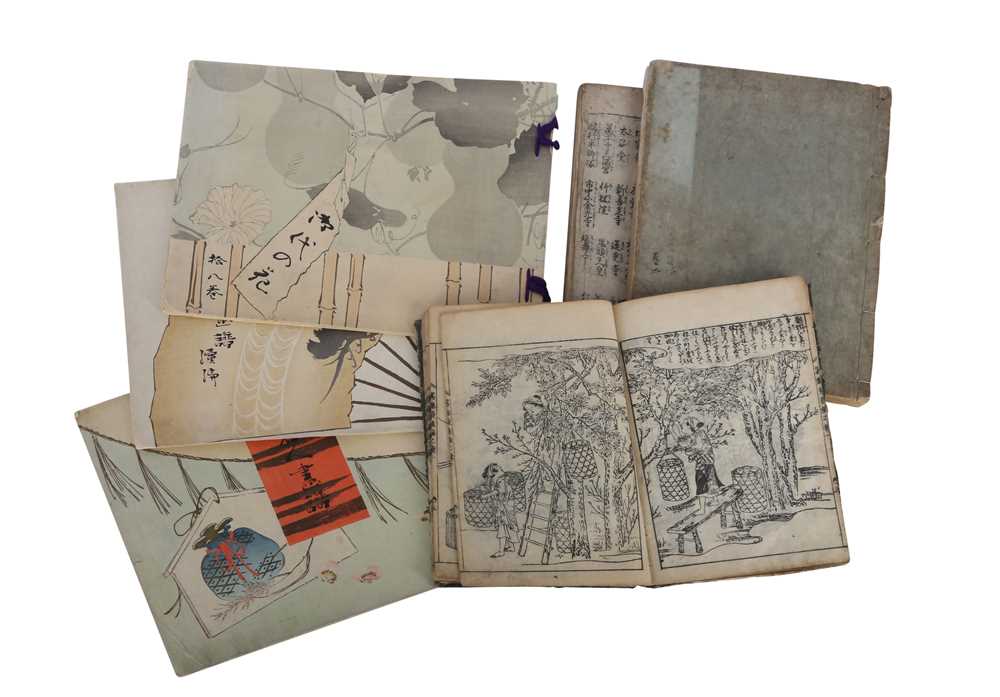


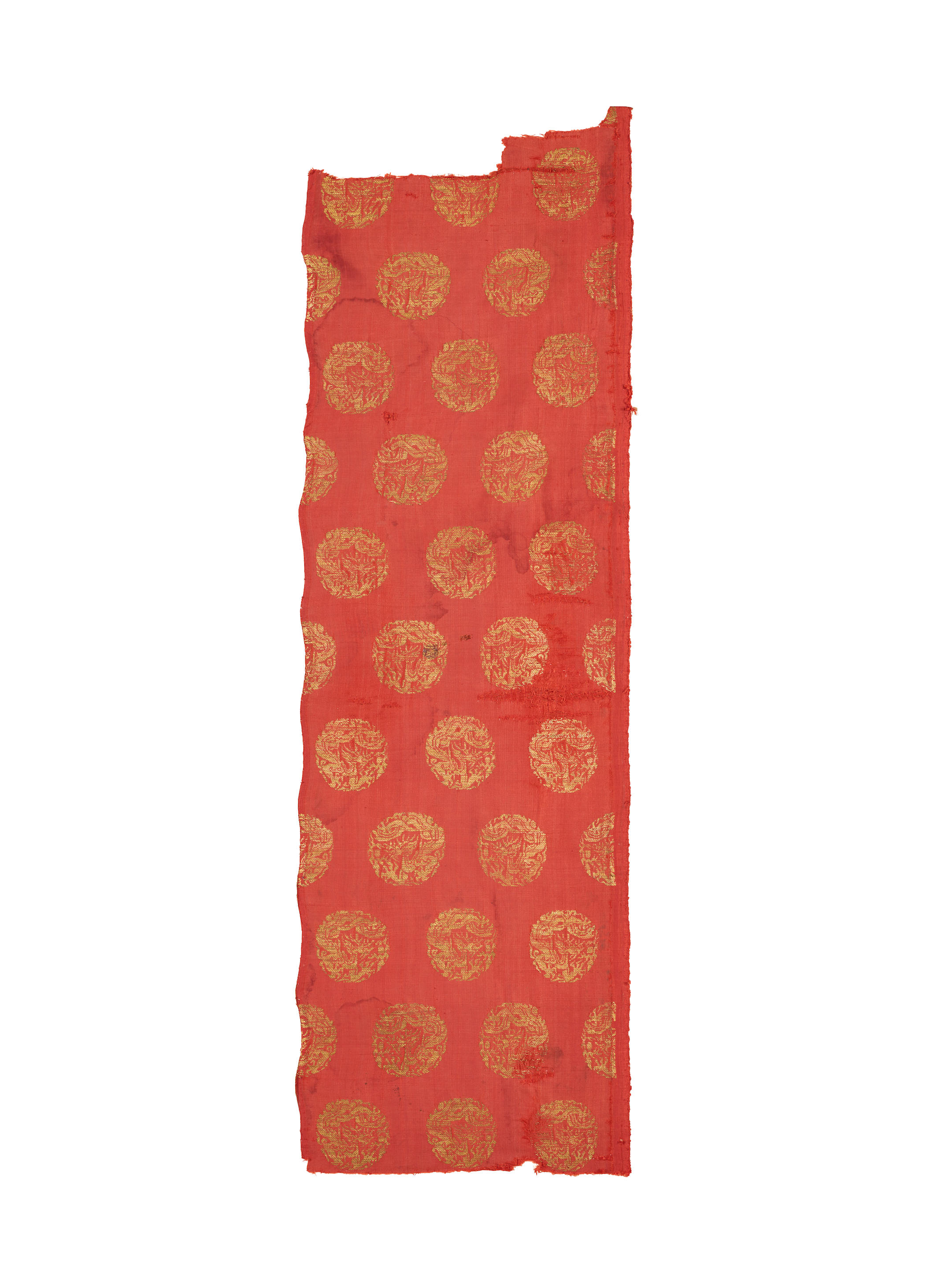
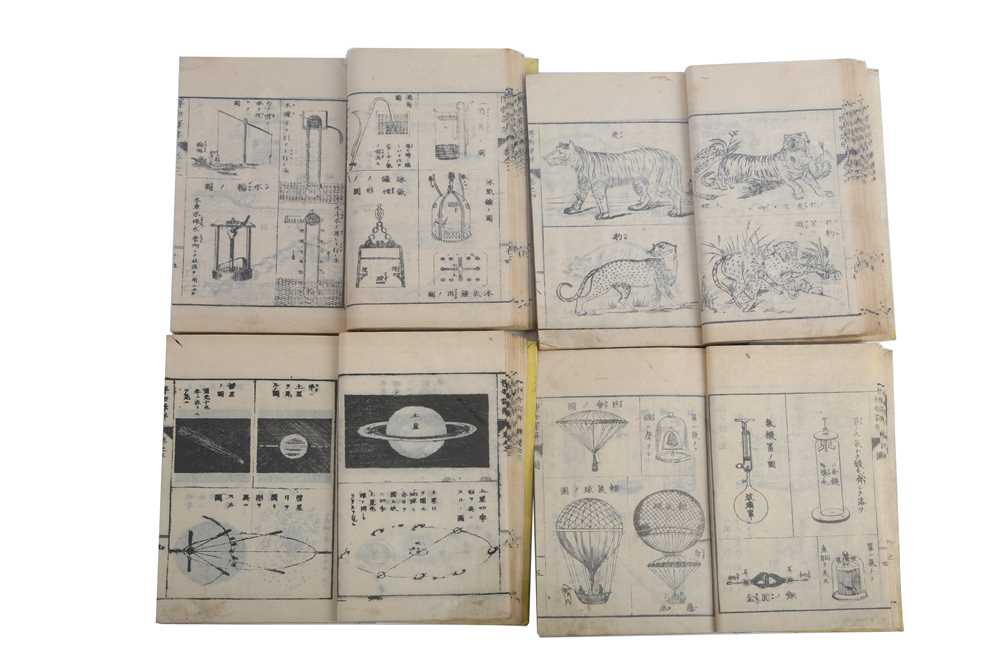
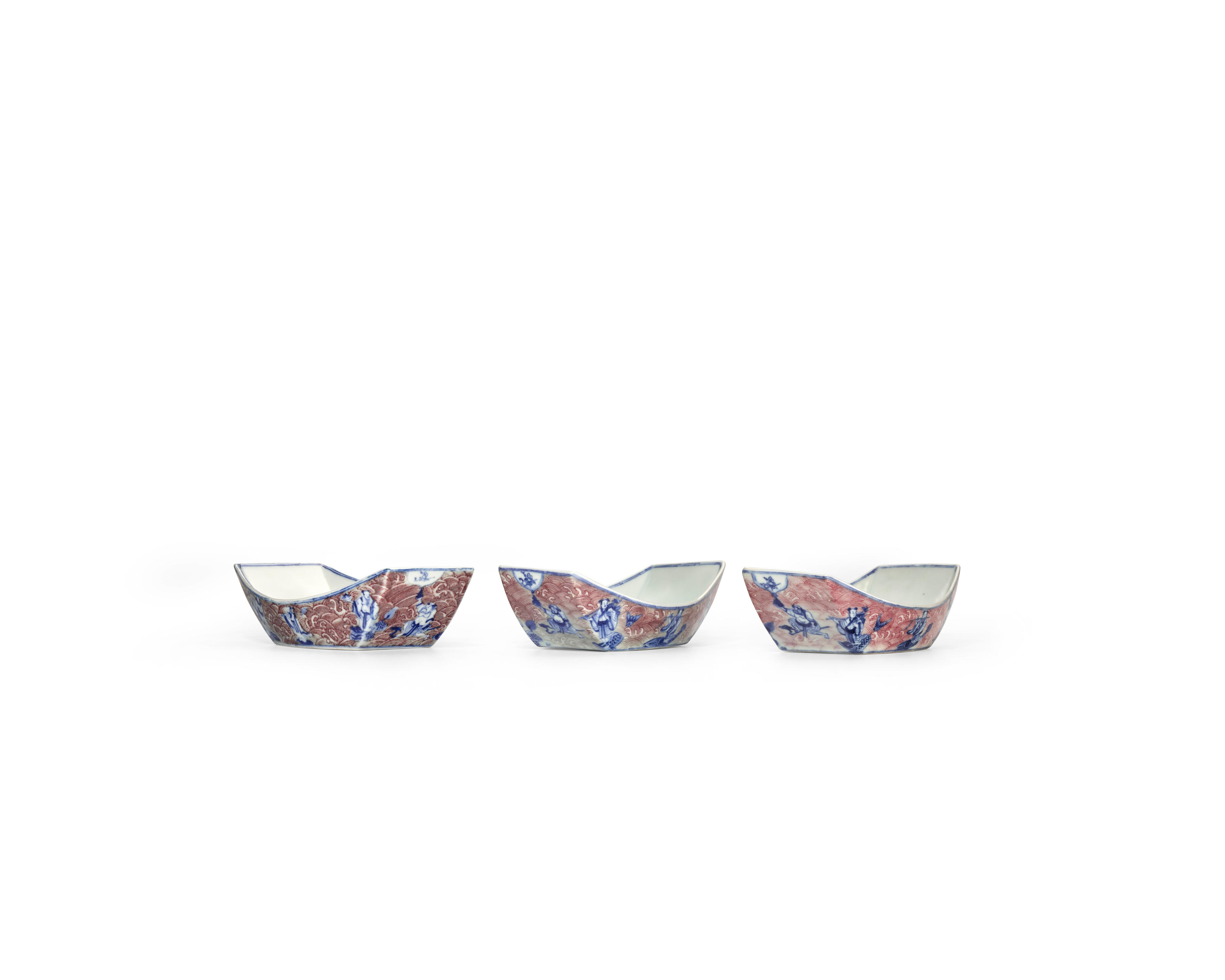
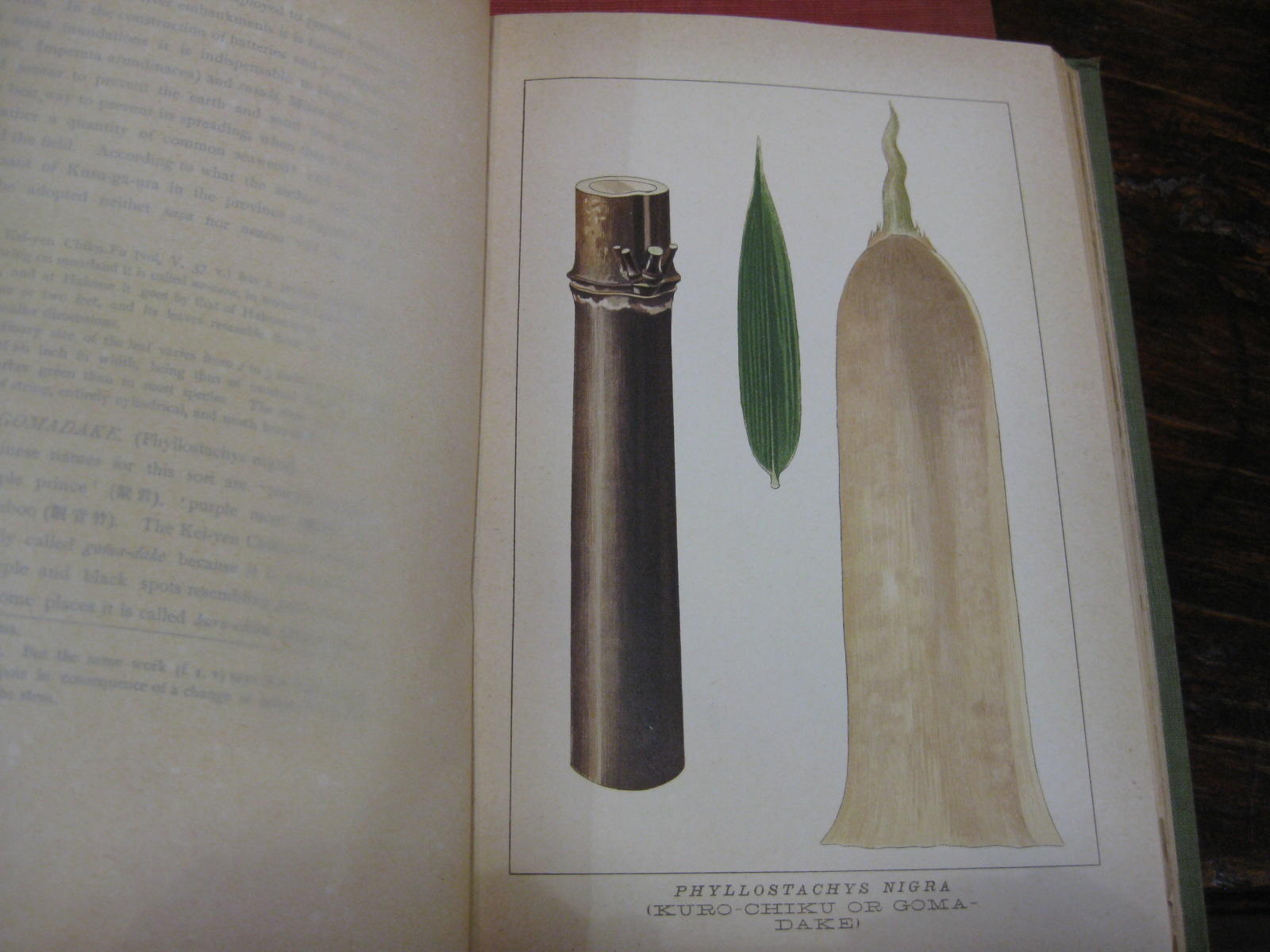

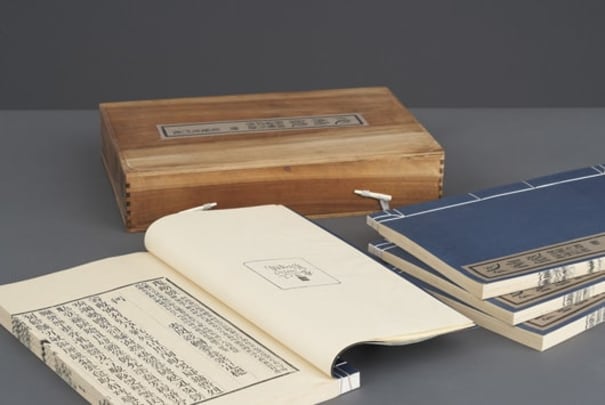
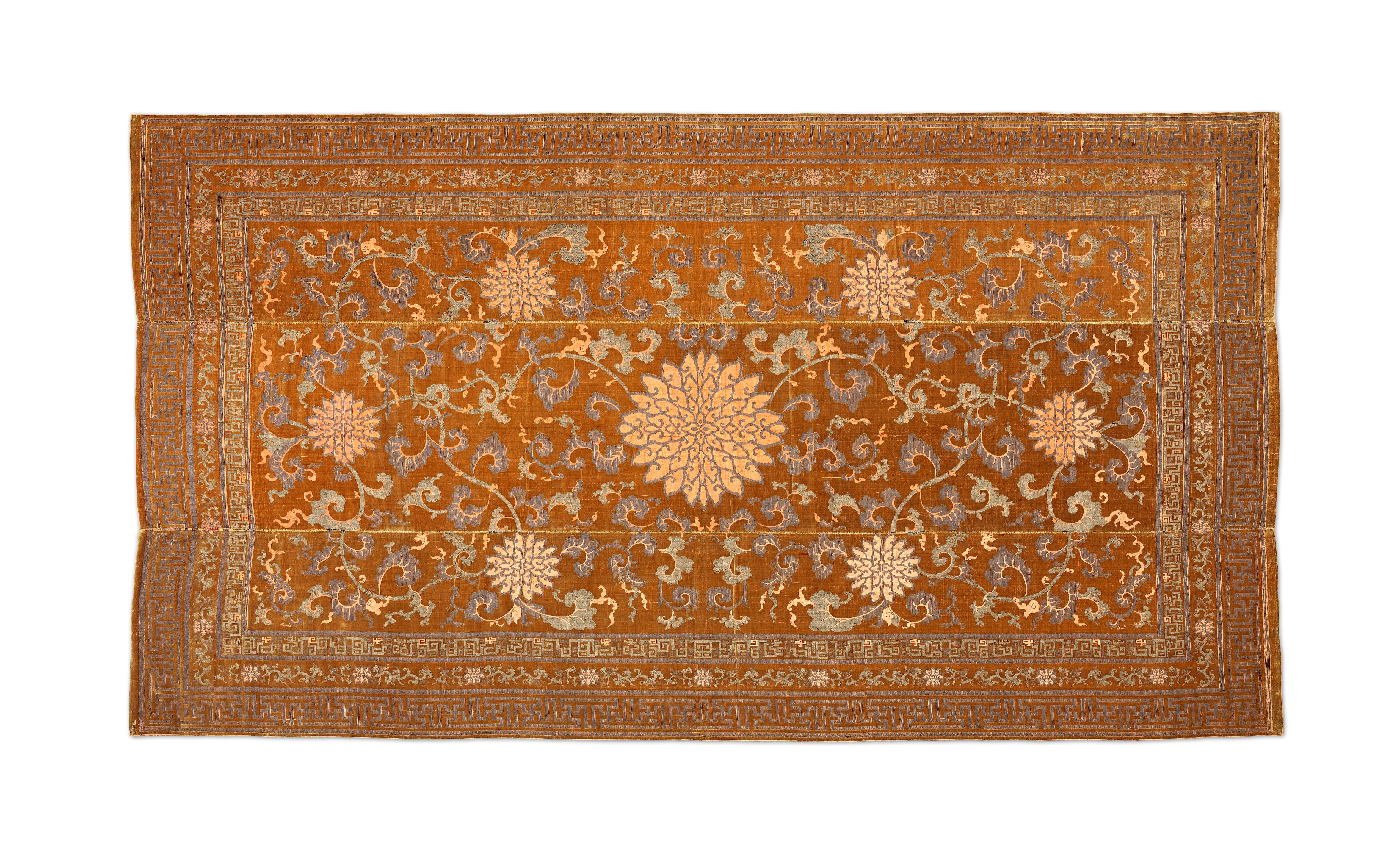

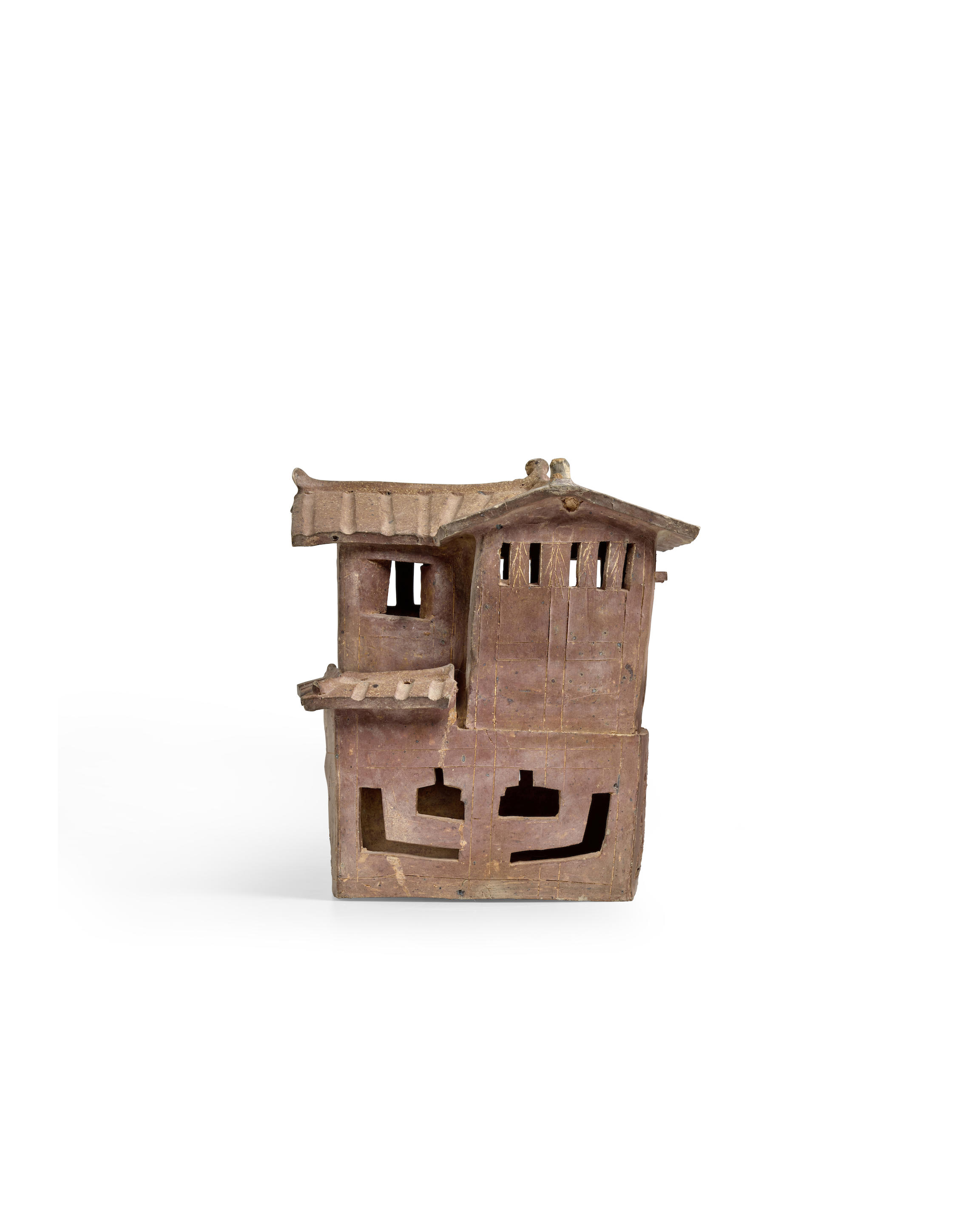

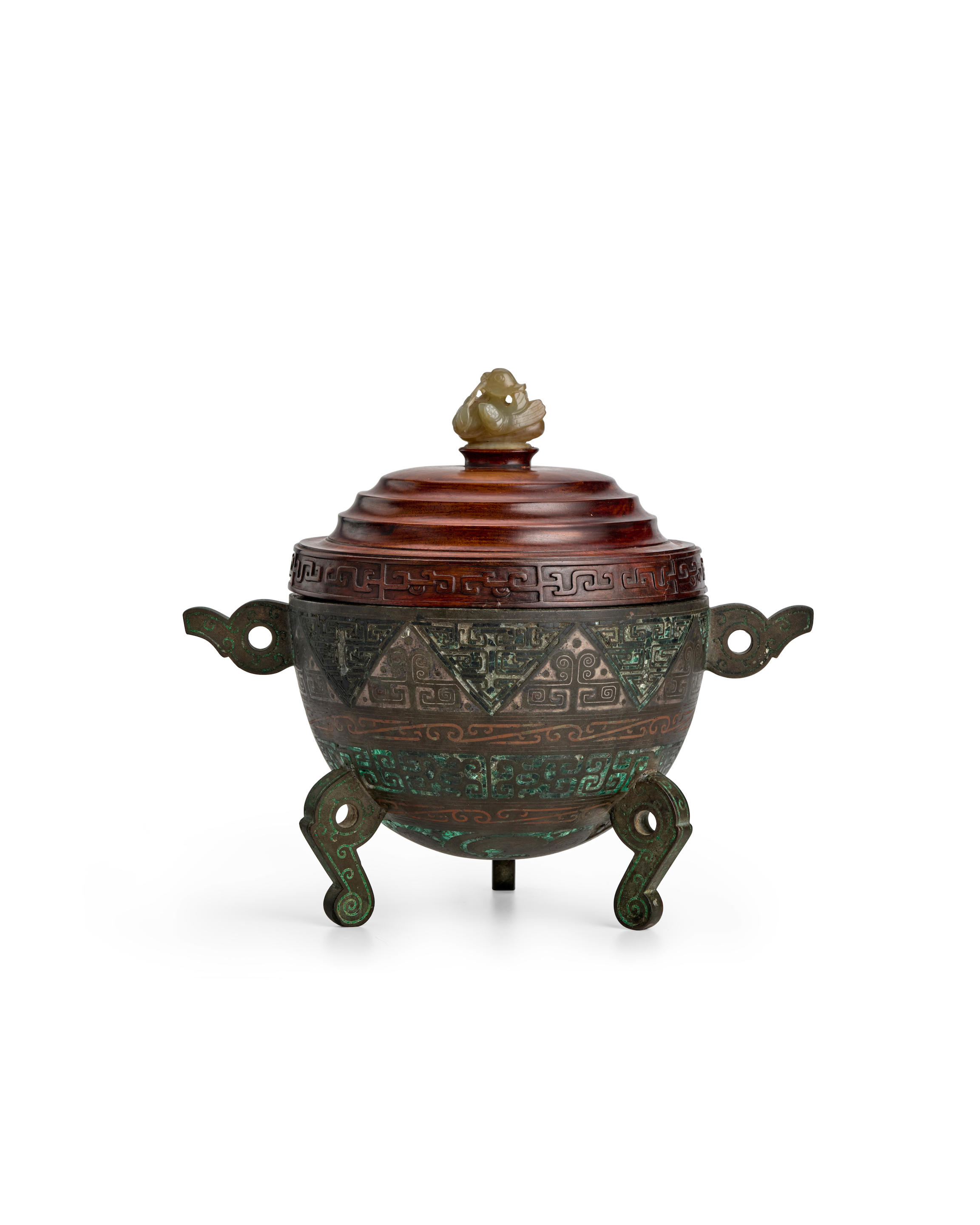

Testen Sie LotSearch und seine Premium-Features 7 Tage - ohne Kosten!
Lassen Sie sich automatisch über neue Objekte in kommenden Auktionen benachrichtigen.
Suchauftrag anlegen